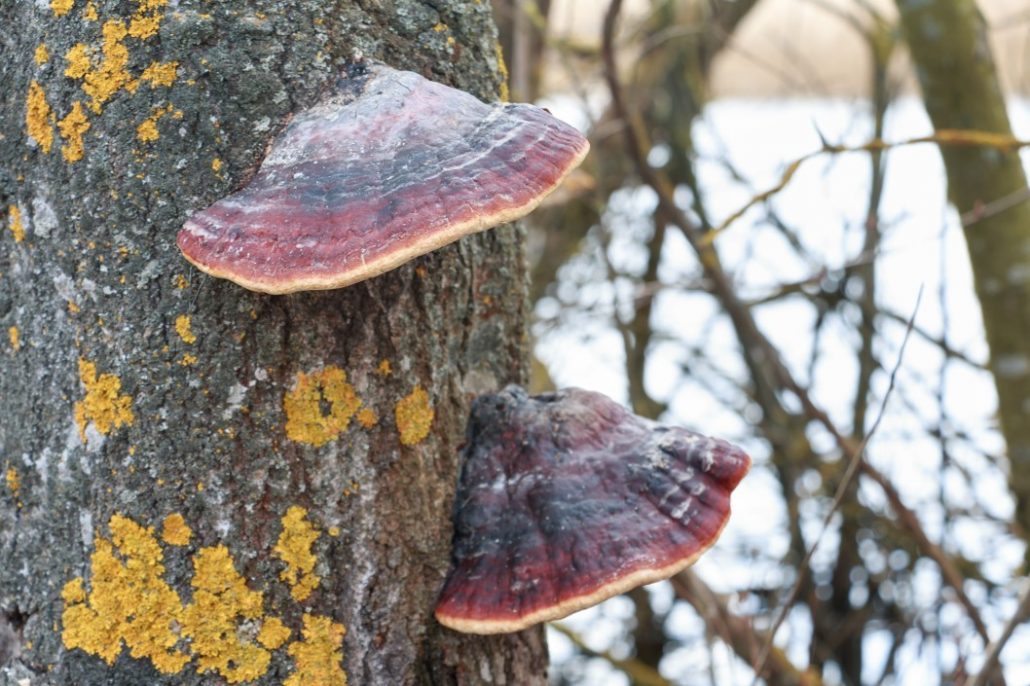How Tree Roots Affect Your Home?
Trees are a good complement to any home. However, they can be quite the headache as well if they’re too close to your home. We’re not just talking about how trees that are too close are also potential fire hazards. We’re talking about a problem that not many people think of immediately.
You shouldn’t just worry about the branches and the leaves of the tree. Most people forget about the roots as well. They stay hidden so well that we forget how these can grow longer underneath our feet. Eventually, tree roots can invade our home and it can result in pressing problems that need your attention.
The “Root” Of The Problem
Roots can continue growing even after the tree has reached it’s maximum size. In some cases, the roots burrow so deep into the soil that you don’t see what’s going on underneath. What you may not know is that the roots have already started to affect your home’s foundation.
Tree roots can be very powerful. If you’ve seen trees that are growing in urban areas, you might see how some of the roots are able to raise the pavement underneath. They can break through these, even the small ones.
As tree roots are constantly looking for water and nutrients, they constantly extend, eventually reaching your home. This can be a problem if the soil around your home consists of clay, loose dirt, and rocks. Pavement isn’t a problem for tree roots, let alone these types of soils.
The roots will continue to move and grow. This results in the soil around your home and beneath it to shift. This causes cracks in the concrete which eventually results in a weaker foundation for your home. You might also begin to spot uneven ceilings, misaligned support beams, and cracks on your walls.
If left untreated for a long time, the problem can be a serious property and life hazard.
Another way trees affect your home is with how they react to weather. During droughts for instance, roots can shrink. The soil around them will be affected as the roots begin to fall back. Both shrinkage and expansion affect your home’s overall integrity.
How To Spot Root Problems
The easiest way to spot this is by checking in the soil around the tree and the house. Roots that have grown too long or have become invasive will start to protrude from the ground. This sign is also a good way to figure out how far the roots have grown so there’s an upside to it.
After that, you can check if the problem has started to affect your home’s foundation. Look for cracks on the wall – particularly the basement. Even small cracks are a sign that something is pushing at the walls already. Once these signs appear, call for help immediately as that means that the roots are starting to do damage.
Preventing Root Problems
There are a few ways you can address these problems. The most common would be to set up a root barrier in your home. This requires professional work as the roots need to be cut away before a barrier is made around your house.
This solution is more complex. However, it allows your home to stay safe without you having to sacrifice the tree in your property. Some people choose this because they like having some green around their home.
Some people choose to have the trees and the roots removed entirely. This is an even more complex problem as it’s harder to do especially when the roots have fanned out massively around your property already.
If you’re just in the process of planting a tree in your yard, then you’re very early in preventing the problem. A good solution would be to simply avoid trees that have aggressive roots. Generally, steer clear of willows, elm trees, and silver maples which have roots that can be invasive.
Of course, it is also a good idea to plant the tree far from the house.
You shouldn’t be afraid to have trees on your property. As long as the tree is growing in a controlled setting, the roots should pose any serious problems to your home.
Tree roots might not seem like a major problem now but it’s a lot pricier to begin worrying about the problem when it’s already too late. Trees might be a good addition to any property but they can be a problem if you aren’t careful with how they grow and develop.
If you’re having any issues with roots on your residential or commercial property, don’t be afraid to reach out to us for help. Henshaws Tree Services are experts in this kind of work. Don’t let the roots ruin the foundation of your home so let us get to the root of the problem as soon as possible.






